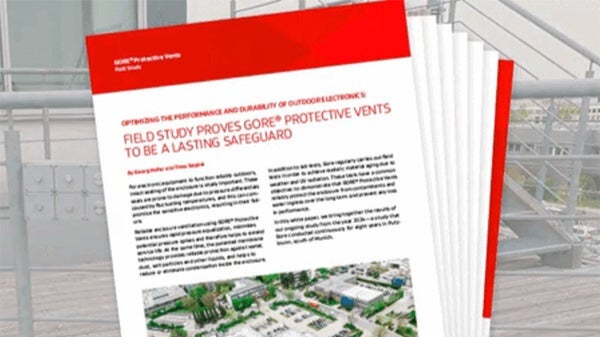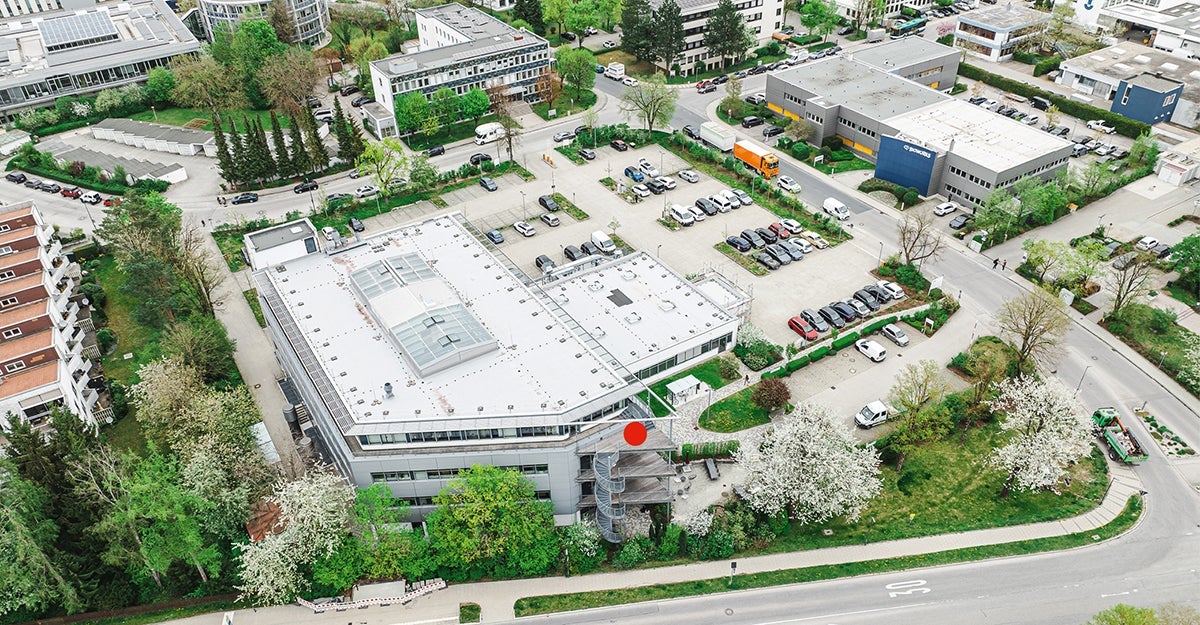8-Year Field Study Proves GORE® Protective Vents to be a Lasting Safeguard

This comprehensive comparative study validates the performance of our vents in both laboratory and realistic outdoor environments, ensuring that your electronics will meet the highest standards of reliability and durability.
Our latest field study confirms that GORE Protective Vents provide unmatched protection and reliability for outdoor electronics. These vents effectively mitigate pressure differentials caused by temperature changes, safeguarding sensitive electronics from potential damage. They also offer robust protection against water, dust, and other contaminants, ensuring the longevity and reliability of enclosures.
This ongoing comparative study validates the performance of our products in both laboratory and realistic outdoor environments, ensuring that your electronics will meet the highest standards of reliability and durability.

Download the complete field study, including in-depth insights and data.
Discover how GORE Protective Vents can enhance the integrity and lifespan of your outdoor electronics.
FOR INDUSTRIAL USE ONLY
Not for use in food, drug, cosmetic or medical device manufacturing, processing, or packaging operations.